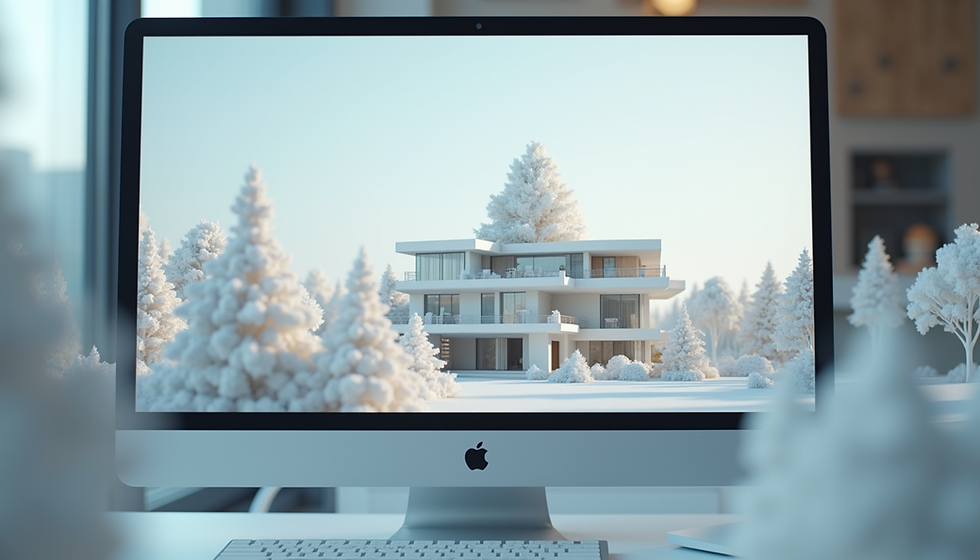NOW Even Cleaners are equipped with LiDAR sensors.
- Survey Team
- Jun 21, 2023
- 2 min read
Updated: Jun 22, 2023
LiDAR technology allows to map indoor and outdoor spaces and to do that within minutes. This is particularly useful in architecture, construction, and building management.
And this is what I just saw in London bridge station mounted on a floor cleaning unit, while some architects still go out and measure spaces by hand the cleaning, automotive and other industries are measuring the spaces within a minutes on the go.
SLAM technology utilizes advanced laser scanning and simultaneous localization and mapping techniques to generate detailed 3D models of physical spaces while also determining their precise location within the space. It typically involves the use of handheld or mobile laser scanners that capture millions of data points per second, creating a point cloud representation of the environment.
And this is what I actually have seen today in action!
If you also have any challenging buildings that need to be measured or simply you don't have time for this, I have great news. You don't have to invest big sums of money in technology and learn how to use it…..
We use Terrestrial laser scanning equipment that is a ground-based version and we can capture the 3D space and also create 2D AutoCAD ready plans or a 3D model for you, without the need for you even leaving your office, we can be your boots on the ground.
According to a recent report from Future Market Insights, the market for 3D scanners is projected to increase fourfold in the next ten years, giving an annual rate of 14%. This growth is being fueled by a variety of industries adopting 3D scanning. From prototyping to quality assurance, 3D scanning is becoming an integral part of the construction, industrial and manufacturing industries.
In the field of architecture, Lidar technology offers several benefits:
Rapid Data Capture: Quickly capture large amounts of data, allowing architects to obtain comprehensive 3D models of buildings, construction sites, or other architectural spaces in a fraction of the time it would take with traditional surveying methods.
Accurate Measurements: Accurate spatial coordinates for every point in the captured point cloud. This enables architects to make precise measurements, analyze spatial relationships, and perform clash detection between different architectural elements.
As-Built Documentation:Laser scanners are effective tools for capturing as-built documentation of existing structures. Architects can use the technology to create accurate 3D models of buildings, capturing their current state and allowing for efficient renovation or retrofitting projects.
Visualization and Design: The 3D models generated through Lidar technology can be visualized and manipulated using specialized software. Architects can explore different design options, assess the impact of proposed changes, and communicate design ideas effectively to clients or stakeholders.
Construction Monitoring: Scanners can be used to monitor construction progress and compare it against design plans. By conducting regular scans, architects can detect deviations or errors early on, enabling proactive decision-making and ensuring the project stays on track.
Lidar technology has become an invaluable tool in architecture, enabling architects to streamline workflows, improve accuracy, and gain a deeper understanding of the built environment. It enhances collaboration, reduces project costs, and contributes to the overall efficiency and success of architectural projects.




Comments